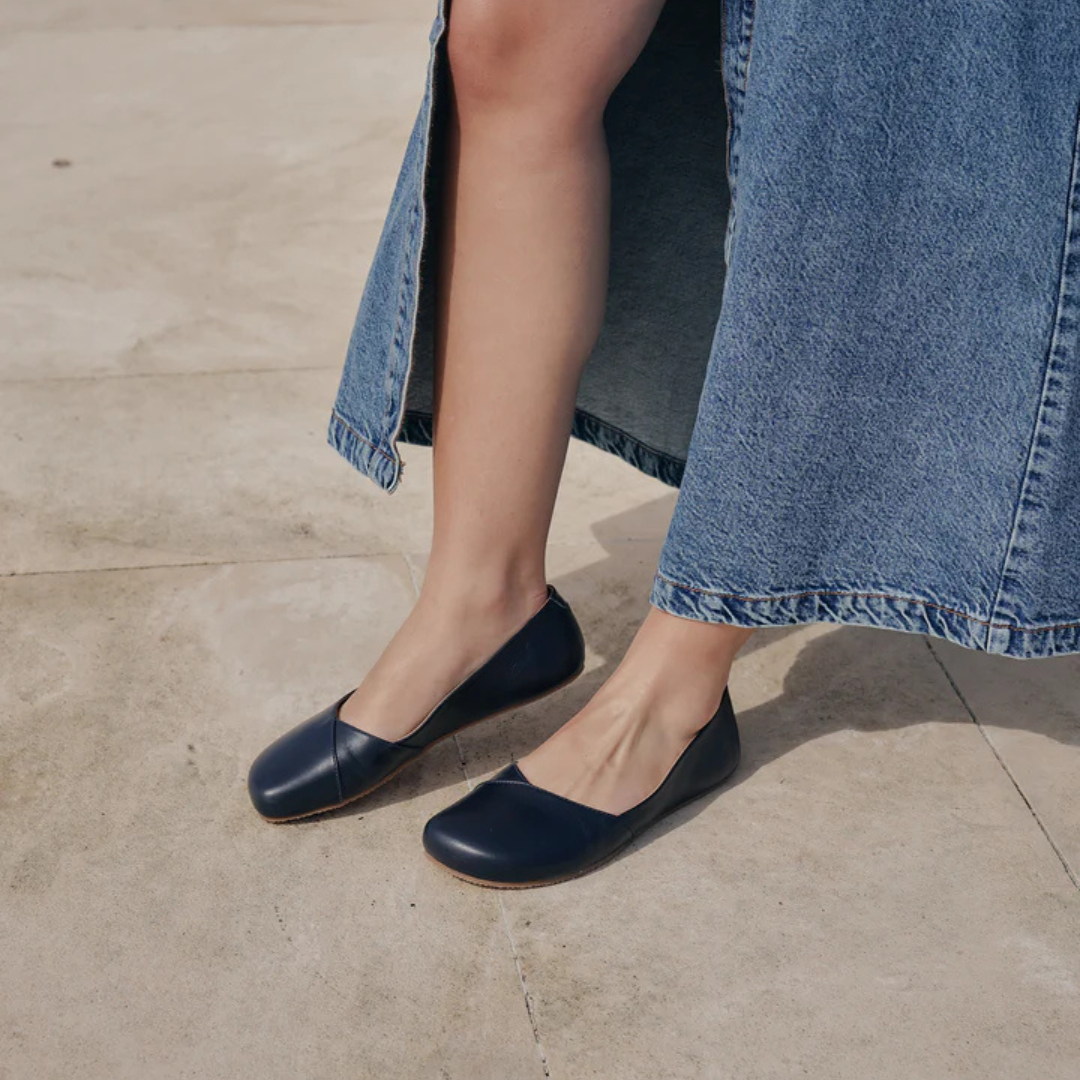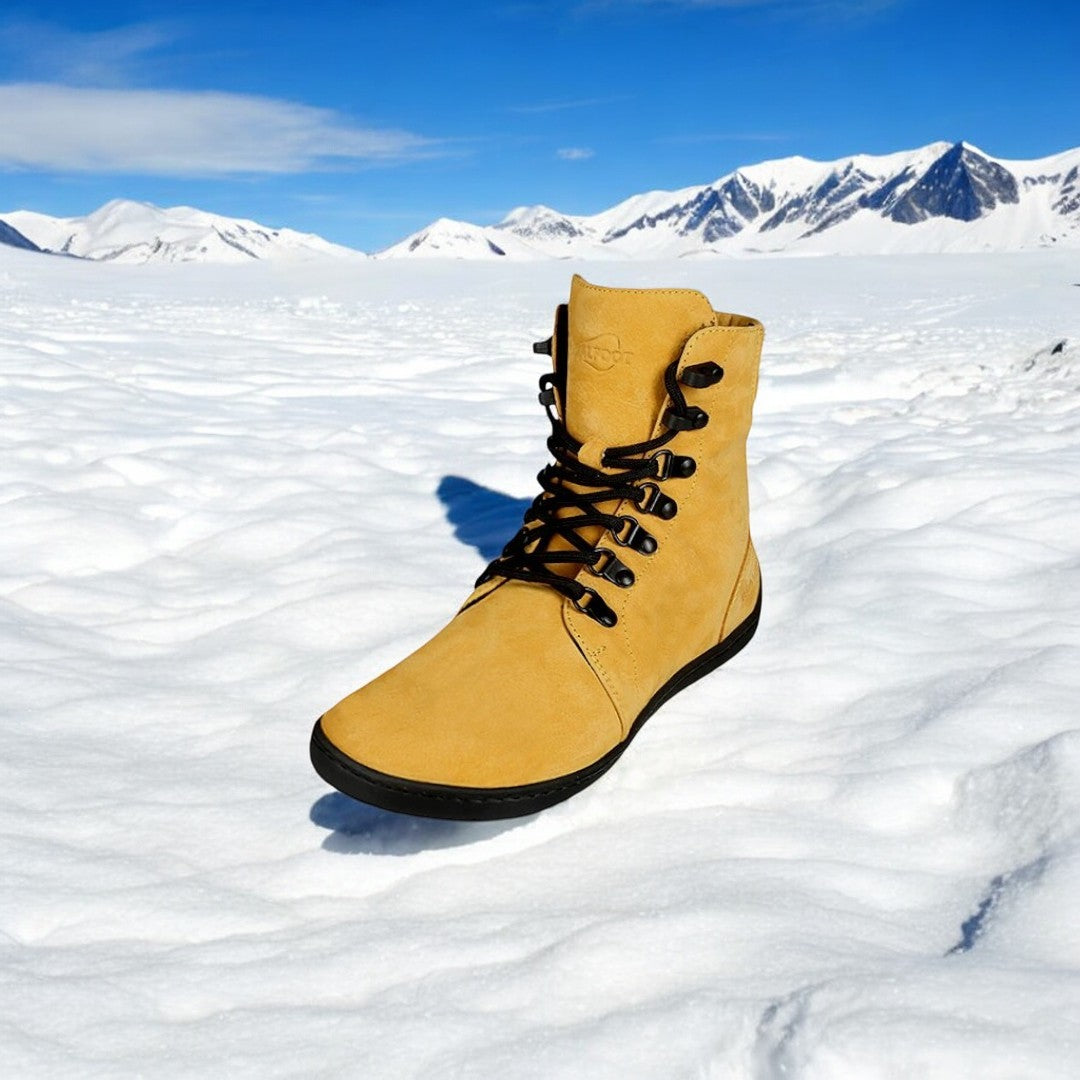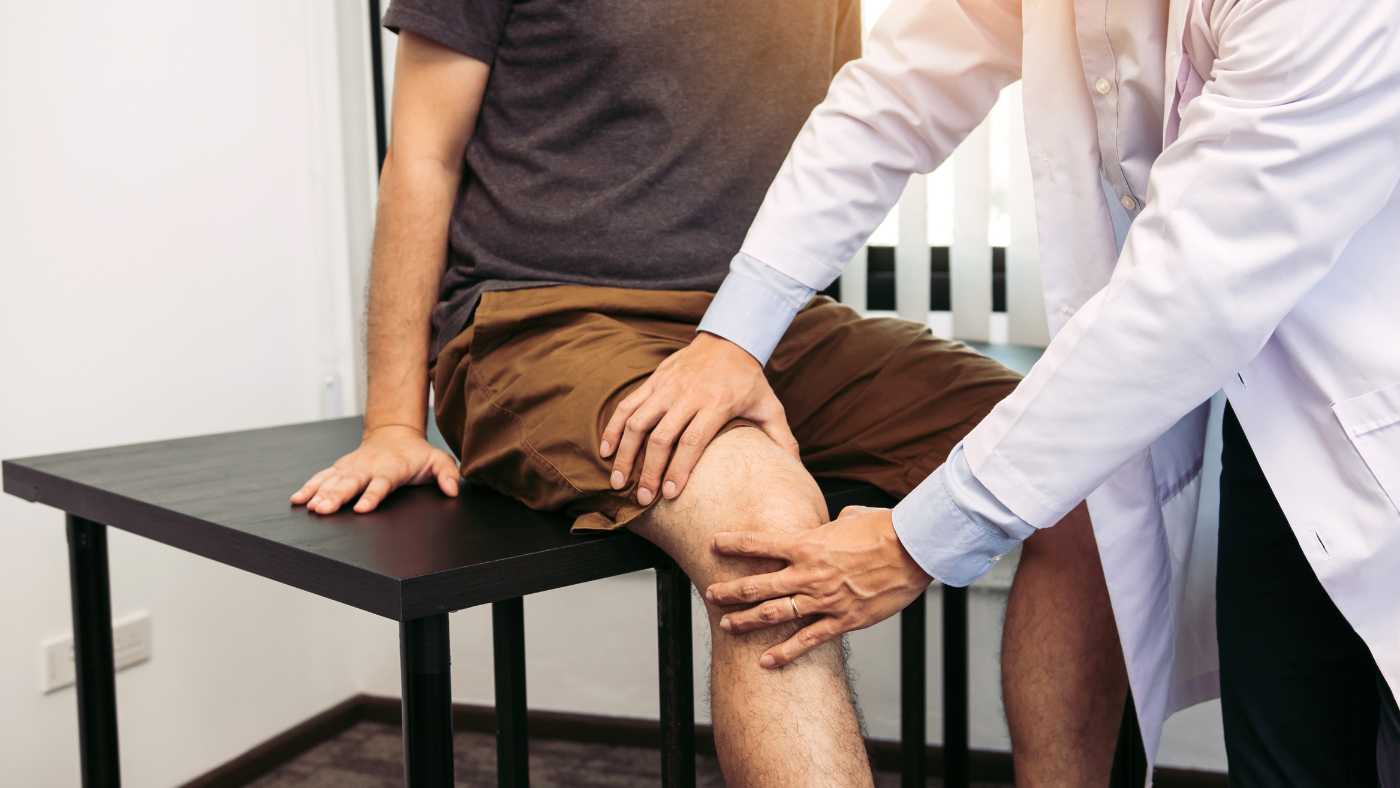I. Introduction to Barefoot Shoes
Barefoot shoes, also known as minimalist shoes, have been gaining popularity among health enthusiasts and fitness communities. These shoes are designed to mimic the natural feeling of walking barefoot while still providing some protection from environmental hazards. Unlike traditional footwear with thick soles and high arch support, barefoot shoes offer a thin, flexible sole that allows your foot to move more naturally.
Why the shift towards this type of footwear? Advocates argue that conventional shoes often restrict the natural motion of your feet, leading to issues including poor posture, decreased balance, and chronic foot pain. On the other hand, minimalist shoes promote a more natural gait, strengthening the muscles in your feet and legs, improving posture, and enhancing overall body mechanics.
These shoes often have a wide toe box, zero-drop sole (meaning the heel is level with the ball of the foot), and are generally made from lightweight, breathable materials. These features aim to create a more natural walking or running experience, enabling better foot flexibility and greater sensory feedback from the ground.
However, transitioning to this footwear isn't as simple as switching your shoes. It requires gradual adaptation to prevent injuries and ensure your muscles, tendons, and ligaments have time to adjust. Knowing how to choose the right pair and understanding their benefits and limitations can make all the difference in your experience.
II. Health Benefits
Minimalist footwear has surged in popularity due to its numerous health benefits. Unlike traditional shoes, these are designed to mimic the natural feel of walking barefoot, promoting a more natural gait and improving overall foot mechanics. One of the most significant benefits is the enhancement of foot strength and flexibility. By allowing your feet to move freely, these shoes can help build muscle and improve the range of motion in your foot joints.
Another critical advantage is improved posture and alignment. Traditional shoes with elevated heels and arch support can often lead to misalignment of the spine and hips. Minimalist shoes, on the other hand, encourage a more natural alignment, potentially reducing chronic back and joint pain. Many users report that wearing these shoes has alleviated their plantar fasciitis, bunions, and other common foot ailments.
Moreover, barefoot shoes can improve balance and proprioception. They offer better ground feel, allowing for more responsive movements. This is particularly beneficial for athletes and individuals engaging in activities that require precise foot placement, such as trail running and yoga.
Lastly, these shoes often have better breathability, decreasing the risk of fungal infections and foot odor. The lightweight, flexible materials provide a comfortable and hygienic environment for your feet.
In summary, barefoot shoes support natural movement, enhances foot strength, and can help improve your overall posture and balance. Their health benefits make them an appealing choice for individuals looking to improve their foot health and overall well-being.
III. Expert Opinions: What Chiropractors Say
Chiropractors are health professionals who focus on diagnosing and treating neuromuscular disorders, with an emphasis on treatment through manual adjustment or manipulation of the spine. Given their expertise in body mechanics, their opinions on minimalist shoes can provide valuable insights.
Many chiropractors advocate for this type of footwear due to the natural walking experience it offers. These shoes are designed to mimic barefoot walking, allowing for a more natural foot strike and promoting better posture and alignment. This can help alleviate common issues such as back pain and joint strain.
Chiropractors often emphasize the importance of proper foot function as the foundation for overall body health. Minimalist shoes encourage the feet to move more naturally, which helps strengthen the muscles, tendons, and ligaments in the feet and lower legs. This can improve balance and proprioception—the body's ability to sense its position and movement in space.
However, not all chiropractors recommend a sudden switch to these shoes. They stress the importance of a gradual transition period, especially for individuals who are used to heavily cushioned footwear. This allows the foot muscles time to adapt and prevents potential injuries.
In conclusion, while chiropractors generally support the concept of minimalist shoes for their natural benefits, they also caution users to make the switch thoughtfully. Consulting with a healthcare professional can help you determine if this type of shoe is a suitable option for your individual needs. This balanced approach ensures that you reap the benefits while minimizing risks.
IV. Common Misconceptions
Barefoot shoes have garnered considerable attention, with advocates praising their benefits and skeptics quick to dismiss them. A significant misconception is that these shoes are only for extreme athletes or minimalist enthusiasts. In reality, anyone can benefit from them, provided they're introduced gradually into your routine.
Another widespread myth is that minimalist shoes can instantly fix all foot and posture issues. While they can encourage more natural foot movement and alignment, they're not a magic cure. Proper transitioning, combined with supportive exercises, is essential to avoid injuries.
Some believe that minimalist shoes lack adequate support. Contrary to this, many designs offer ample stability, allowing your feet to move and strengthen naturally over time. However, it's crucial to choose the right pair that fits well and is appropriate for your specific activities.
Finally, there's a fear that using minimalist footwear will lead to more injuries, such as plantar fasciitis. On the contrary, when used correctly, they can actually reduce the risk by promoting a more natural gait and distributing weight more evenly across your feet.
By debunking these myths, we can better understand the real value of minimalist shoes—provided they're used correctly and chosen to fit your individual needs. Always consult with a healthcare provider, such as a chiropractor, for personalized advice.
V. Choosing the Right Pair
Selecting the perfect pair of minimalist shoes can seem daunting, but it doesn’t have to be. Here are some practical tips to guide you:
- Terrain Compatibility: First, consider where you'll be wearing your shoes. For hiking or trail running, choose shoes with a rugged, durable sole. For city walking or casual use, a thinner, more flexible sole might be preferable.
- Fit and Comfort: A key advantage of minimalist shoes is the natural fit. Ensure the shoes have a wide toe box to allow your toes to splay naturally. A snug heel and adequate arch support will enhance comfort and prevent injuries.
- Material: Opt for high-quality, breathable materials. Natural materials like leather and mesh can offer better ventilation and reduce the risk of sweat and odor buildup.
- Flexibility and Weight: One of the selling points of minimalist shoes is their lightweight nature. Test the shoes for flexibility by folding them; the easier they fold, the more they will mimic a natural barefoot experience.
- Brand Reputation and Reviews: Not all minimalist shoes are created equal. Research brands and read customer reviews for insights on quality, comfort, and durability. Brands like Vivobarefoot and Merrell have established reputations for good reason.
- Trial Period: Many reputable brands offer trial periods or satisfaction guarantees. Take advantage of these offers to ensure that your shoes are a perfect fit for your lifestyle.
Remember, the goal is to reduce the barrier between your feet and the ground while offering just enough protection. By prioritizing fit, material, and function, you can find the minimalist shoes that best meet your needs and enhance your overall foot health.
VI. Conclusion: Are They Right for You?
Deciding whether minimalist shoes are right for you ultimately depends on your individual needs and lifestyle. Many chiropractors agree that minimalist shoes can offer significant benefits, such as improved posture, strengthened foot muscles, and a more natural walking experience. However, they also warn that transitioning to these shoes requires time and care to prevent injuries.
If you’re someone who spends a lot of time on your feet or engages in activities like running and hiking, minimalist shoes might help improve your overall foot health. On the flip side, if you have pre-existing foot conditions such as plantar fasciitis, it’s essential to consult with a healthcare professional before making the switch. Transitioning gradually, starting with short walks, can help your feet adapt to the new style of footwear.
Additionally, it’s important to choose a pair that fits well and provides adequate support. Look for features like a wide toe box, zero-drop sole, and flexibility to ensure they meet your comfort and performance needs. Trustworthy brands should offer options tailored to various activities and environments, making it easier to find a perfect match.
In summary, minimalist shoes can be a beneficial addition to your wardrobe, provided they suit your specific needs and you transition carefully. Listen to your body, consult with professionals when necessary, and opt for reputable brands to ensure you reap the full benefits.




















